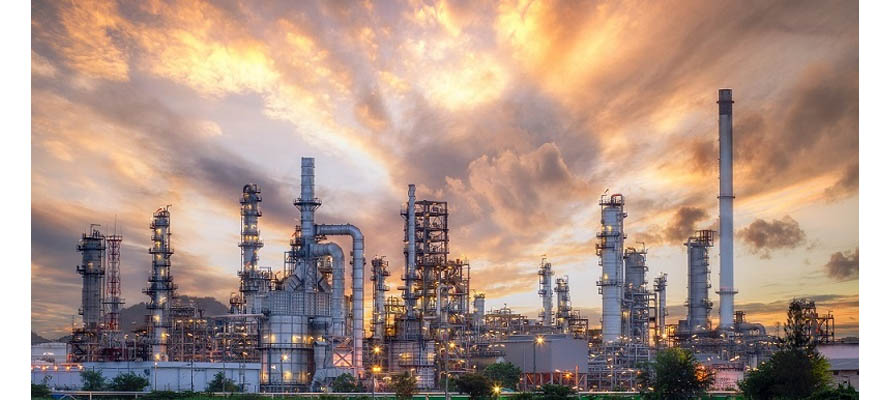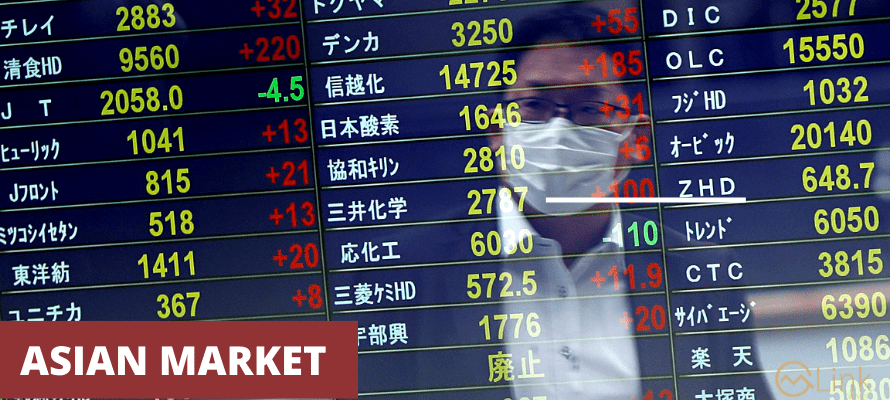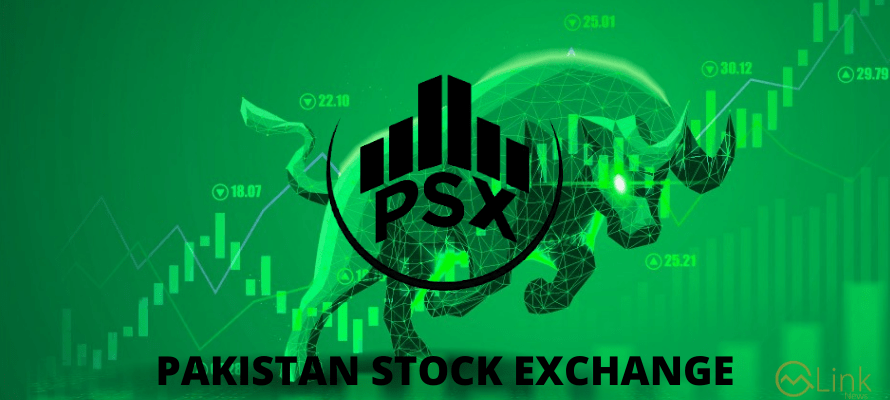August 31, 2022 (MLN): The economic and political uncertainty in Pakistan was giving an impression globally that Pakistan might face an imminent crisis like Sri Lanka, but the present state of the country’s economic landscape suggests that the default risk is quite low as the country is already in IMF program while other major multilateral and bilateral development partners have shown commitments to provide $8.7 billion during the current financial year.
The latest report of EAD, “Is Pakistan closer to Sri Lanka- A comparative Analysis” noted that Sri Lanka defaulted on its debt obligations to its creditors in May 2022 when it failed to repay US$ 78 million of debt interest even after availing a 30-day grace period. The foreign exchange earnings of Sri Lanka reveal that the country experienced an overall 29% decrease in foreign exchange earnings in 2021 as compared to those in 2019. This decrease was a result of a substantial decline in tourism (86%), and remittances (18%).
The foreign exchange reserves were recorded at $1.7bn as of 30th June 2022 which included $1.5bn in a swap facility provided by the People’s Bank of China. Consequently, the credit rating companies declared Sri Lanka as a defaulted country.
On the other side, due to relatively better economic management of the government, particularly during the pandemic and post-pandemic periods as well as during the prevailing global commodity crisis, Pakistan's economy has shown a great level of resilience.
The economic situation seems to be in overall control in Pakistan as the foreign exchange earnings increased by 26% in 2021 as compared to those in 2019. The major increase was witnessed in remittances (35%) and foreign direct investment (10%). Moreover, the total foreign exchange reserves of Pakistan stood at $15.5bn as of 30th June, 2022 and yearly debt servicing has remained around 2.5% of GDP during the last year.
Similarly, the economic resources of both countries are diverse in quantity and assortment. The basic indicators of Pakistan are much better than those of Sri Lanka. Though the service sector of both countries is more or less the same; Pakistan’s economy is around 4 times that of Sri Lanka’s with a relatively larger agriculture sector. However, due to its larger population, the per capita income of Pakistan is lower than that of Sri Lanka.
Sri Lanka achieved upper middle-income country status as classified by the World Bank in 2019 after attaining a growth rate of 6% on average during 2007-2016. Unfortunately, it failed to sustain this momentum of growth due to an undiversified manufacturing and export base and stagnant rate of export to GDP as already warned by the multilateral partners.
In a true sense, the pandemic in 2020 and terrorist attacks in 2019 triggered the crisis which adversely affected the tourism industry, one of the critical sources of foreign earnings and income for the Sri Lankan economy. The frightening policy shifts and political decisions dragged the country into a quagmire of financial crisis leading to a shortage of fuel, power cuts, and a dearth of food supplies.
Pakistan is a lower middle-income country but it is structured upon agriculture, industry, and the services sector. The problems mentioned above are seemingly the same for Pakistan. However, the recent economic performance as presented in the Pakistan Economic Survey 2021-22, portrays a positive picture as the economic situation is far better in Pakistan even in a post-covid scenario. In FY 2021-22, all three sectors i.e. agriculture sector (4.4%), Industry (7.2%), and services (6.2%) have outperformed and kept on moving towards recovery from the pandemic and global inflationary environment.
The analysis showed that the economies of Pakistan and Sri Lanka are battling with such emerging global and domestic issues which immediately affect the fiscal space available to the Government. However, while comparing the factual fiscal position of both countries, it is obvious that Pakistan’s tax collection and the budget deficit (as % of GDP) are far better than those of Sri Lanka.
Moreover, in the case of Sri Lanka, the impact of the tax-cuts policy is evident in 2020 which reduced the tax to GDP ratio from 11.6% in 2019 to 8.1% in 2020 and widened the budget deficit.
While, at a glance, the international trade profile of Sri Lanka resembles that of Pakistan as the trade deficit of both countries is at worrisome levels.
Similarly, the direction of imports of both countries highlights the crucial need and consumption of fuel. Since, there is no alternative to cutting down fuel imports, at least in the short-run, it is prudent for Pakistan to abolish subsidies on fuel to save the country from default. Pakistan recently opted for this policy and ended the fuel subsidy to reduce the fiscal burden.
A careful examination of the composition of external public debt reveals that Sri Lanka continued to borrow from external sources for the last two decades without generating sufficient revenues at home. Recently, the borrowing through sovereign bonds and commercial banks by Sri Lanka reached approximately 55% of the total external debt. The debt servicing also rose to make it difficult for the government to repay its loan, it said.
In the case of Pakistan, two-thirds of total external public debt is concessional, obtained from multilateral and bilateral sources, having an average maturity of 25 years. As of FY22, approximately, 10% of total external public debt has been acquired through Eurobonds/Sukuk and 9% through Commercial banks. The average maturity of international bonds is 20 years whereas Commercial banks’ instruments' maturity is 1 to 3 years.
Meanwhile, IMF was cognizant of the fact that many developing countries would require debt servicing relief or debt restructuring as well as financial support during the pandemic. The report is of the view that Sri Lanka should have approached the IMF before the economic crisis emerged. However, the extreme nationalism and anti-IMF sentiments restrained the Sri Lankan political leaders from doing so. Consequently, the recent IMF-Sri Lanka talks also ended without finalizing a deal.
Whereas, August 29, 2022, IMF’s Executive Board approved the seventh and eighth tranche of its stalled Extended Fund Facility (EFF) as per which Pakistan will soon receive $1.17bn.
This time Pakistan has taken policy initiatives that reflect the political will to implement the economic reforms agenda.
Strong economic relations with China, UAE, and Saudi Arabia and reforms under the IMF program will most likely prevent it from going into default.
“However, the global, as well as regional dynamics, have significantly been changed, it is high time to change our thinking and policy-making approaches from assistance seeking to the self-sustained economy for a better future,” the report concluded.
Copyright Mettis Link News
Posted on:2022-08-31T14:08:28+05:00
34859









